I just stumbled on an Apple II "clone" that uses a GI 9128B-1180 chip for the ROM.
The curious thing about it is the wire soldered on a leg. So, my hypothesis is that they didn't have the usual part available and used this instead. I want to dump the ROM to maybe modify it and burn another chip that is readily available to use in its place. I think I could use a 27C128 for this small project, but I want to be sure about the compatibility of it before attempting anything on this ancient hack (the wire scared me a little).
